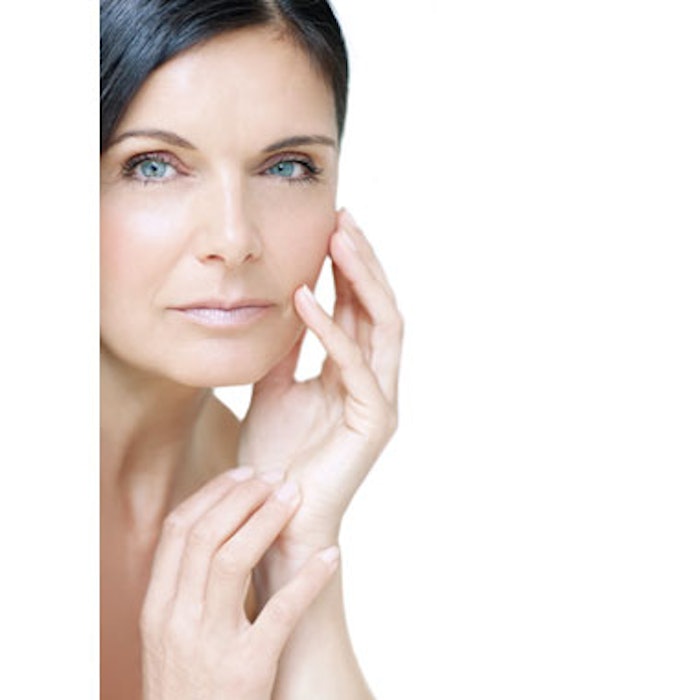
Retinoids burst onto the scene in 1969, literally inflaming patients as a powerful new tool to wipe out acne. Now in their 40s and buffered by anti-inflammatory ingredients, new delivery systems and a greater understanding of what it takes to achieve efficacy, these ubiquitious, vitamin A-based active ingredients are more popular than ever for an expanding array of indications.
Co-developer of Retin-A, James E. Fulton, MD, PhD, board certified dermatologist, researcher and founder of Vivant Skincare (Vivantskincare.com), recalls his earliest encounter with vitamin A acid. While running an acne clinic with his mentor, Dr. Albert Kligman at the University of Pennsylvania, in 1969, “We realized that after using the vitamin A acid three times per day, the acne sufferers were peeling, but their acne got better,” syas Dr. Fulton. “Shortly thereafter, Johnson & Johnson coined the name tretinoin, and made it commercially available as Retin-A gel—one of the first formulas—which was followed by a creme-based 0.1% vitamin A acid formula. The science of retinoids developed after that.”
Today, dermatologists have three types of topical retinoids—including tretinoin (retinoic acid), retinaldehyde and retinol—available to treat acne and photoaging. Tretinoin—available in 0.025% to 0.1% prescription-only concentrations—is the most aggressive form of retinoid. It is also most closely associated with some of the harsher side effects—such as redness, dryness and flaking—that contribute to low patient compliance. “Now we have second generation retinoids tazarotene and adapalene,” says Jim Lee, vice president of clinical and medical dermatology, Stiefel (stiefel.com). “With early acne formulations, we tended to go very simple—they were a little greasy and not very elegant. We’ve really advanced the formulations.” New vehicles, including ointment, cream, gel and a tazarotene foam currently on the horizon from Steifel, are just one significant evolution of retinoid formulations.
Other changes to retinoid-based skincare include the incorporation of retinol and retinaldehyde in non-prescription strength skincare formulations. “Retinaldehyde is the immediate precursor to retinoic acid in the pathway retinol>retinaldehyde>retinoic acid, and therefore it allows the skin to convert to retinoic acid as needed without over irritating or overdosing the skin,” explains Janice Lima-Maribona, DO, a Miami-based, board certified dermatologist.
“The closer you can get to retinoic acid in the conversion progression, the better, since each step will not have a 100% conversion,” says Jim Krulisky, CEO and president of Axia Medical (dermesse.com). “Ideally a patient would use retinoic acid. However, this form of vitamin A tends to produce undesired effects. The alternative precursor forms do not exhibit these side effects and they tend to be less expensive than retinoic acid.”
Although retinol and retinaldehyde tend to be significantly weaker than prescription-strength tretinoins, Dr. Lima-Maribona warns that companies are developing more stabilized high concentrations of retinol, for example, which can be irritating to the skin.
Image copyright Masterfile (Royalty-Free Division)











